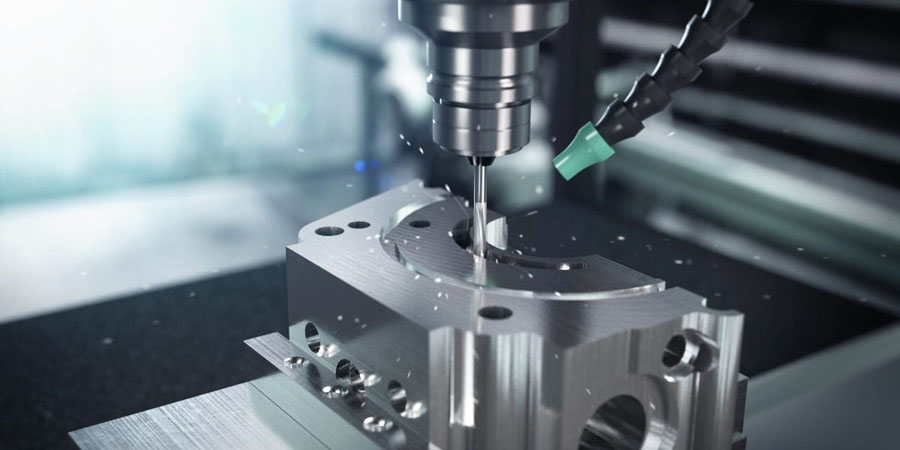In the world of manufacturing, efficiency and productivity are critical for staying competitive and meeting customer demands. CNC (Computer Numerical Control) machining has emerged as a game-changing technology, providing manufacturers with the capability to produce complex parts with exceptional precision. To further boost productivity and optimize manufacturing processes, various time-saving techniques and strategies can be implemented in CNC machining. In this article, we will explore some of these techniques and their role in enhancing productivity.
1. Advanced Tooling and Toolpath Optimization:
One of the fundamental aspects of CNC machining is the selection of cutting tools and the optimization of toolpaths. Advanced cutting tools, such as high-performance end mills and tool coatings, can significantly reduce machining times. Utilizing optimized toolpaths that minimize tool engagement and tool retractions can further enhance productivity by reducing unnecessary movements and minimizing cycle times. By analyzing the specific requirements of each machining operation, manufacturers can choose the most appropriate tooling and toolpath strategies to achieve optimal productivity.
2. High-Speed Machining (HSM) Techniques:
High-speed machining is a time-saving strategy that involves using cutting tools at higher speeds and feed rates, thereby increasing material removal rates. HSM techniques, combined with rigid CNC machines and advanced controllers, can significantly reduce machining times while maintaining the desired surface finish and accuracy. However, it is crucial to balance the benefits of increased speed with considerations for tool life, tool wear, and the potential impact on part quality.
3. Multi-Axis Machining:
CNC machines equipped with multi-axis capabilities offer greater flexibility and efficiency in machining complex parts. By enabling simultaneous cutting from multiple angles, multi-axis machining can reduce the number of setups required and streamline the machining process. This not only saves time but also improves accuracy by minimizing errors that may occur during part repositioning. Multi-axis machining is particularly beneficial for industries that demand intricate geometries, such as aerospace and medical device manufacturing.

4. In-Process Workpiece Inspection:
Implementing in-process workpiece inspection using probing systems can lead to time savings and improved quality. By verifying critical dimensions during the machining process, manufacturers can detect any deviations early on and make necessary adjustments, reducing the need for rework and scrap. In-process inspection ensures that parts meet specifications throughout the entire machining operation, leading to faster turnaround times and higher overall productivity.
5. Automated Tool Change and Workpiece Handling:
Integrating automated tool changers and robotic workpiece handling systems can significantly reduce non-cutting time and improve machine utilization. Automatic tool changers enable rapid tool swaps, reducing tool changeover time and allowing uninterrupted machining. Robotic workpiece handling systems can efficiently load and unload parts, enabling continuous production without operator intervention. The seamless integration of automation in CNC machining streamlines the entire manufacturing process and enhances overall productivity.
6. CAD/CAM Software Optimization:
The use of advanced CAD/CAM software is crucial for optimizing CNC machining processes. By utilizing simulation tools, manufacturers can identify potential issues, such as collisions or excessive tool deflection, before the machining operation begins. Simulation-driven machining allows for fine-tuning of toolpaths and machining parameters, resulting in improved cycle times and higher efficiency. Furthermore, integrating CAD/CAM software with the CNC machine enables direct data transfer, minimizing programming time and ensuring accurate execution of machining instructions.
In conclusion, enhancing productivity with CNC machining involves the strategic implementation of time-saving techniques and strategies. By leveraging advanced tooling, high-speed machining, multi-axis capabilities, in-process inspection, automation, and optimized CAD/CAM software, manufacturers can achieve significant gains in efficiency and productivity. As technology continues to evolve, CNC machining will continue to play a pivotal role in modern manufacturing, providing companies with the tools to stay competitive and meet the demands of a dynamic market.


